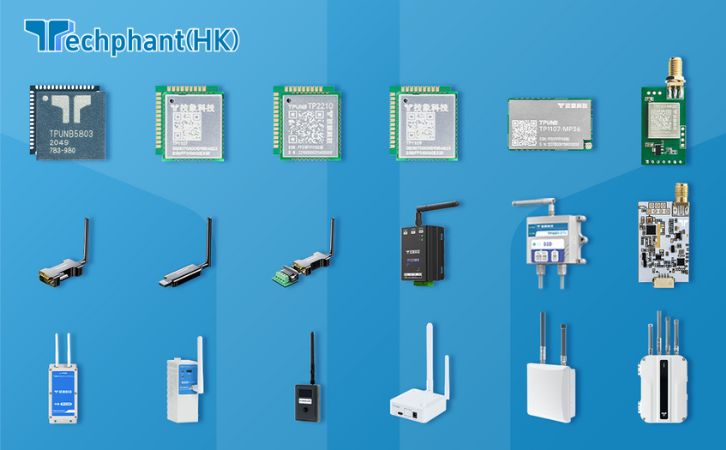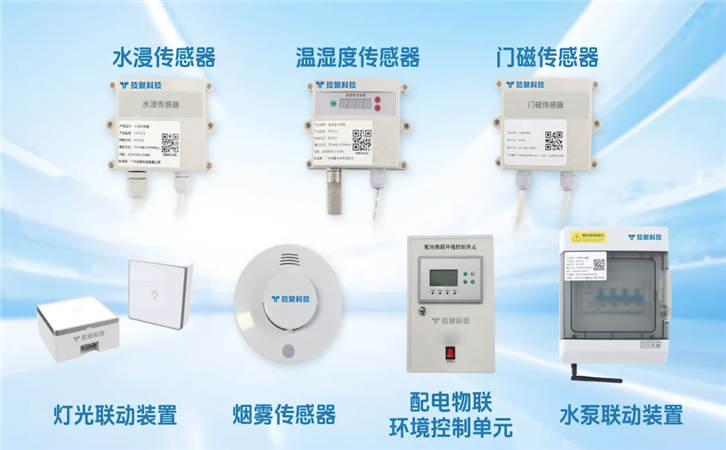The Industrial Internet of Things (IIoT) is transforming industrial automation by connecting devices, sensors, and systems to enable real-time data exchange and process optimization. However, the diversity of IoT devices and communication protocols often leads to interoperability challenges, creating data silos and hindering seamless integration in smart factories. Standardizing IoT protocols is critical to ensuring that disparate systems can communicate effectively, unlocking the full potential of industrial automation. This article explores the importance of standardizing IoT protocols, detailing their role, benefits, challenges, and future implications for interoperable automation workflows.
I. The Need for IoT Protocol Standardization in Industrial Automation
Industrial automation relies on a complex ecosystem of devices, including sensors, actuators, Programmable Logic Controllers (PLCs), and cloud platforms, often sourced from multiple vendors. Each device may use proprietary protocols or varying implementations of communication standards, leading to interoperability issues. For example, a temperature sensor from one vendor might use a custom protocol incompatible with a PLC from another, preventing seamless data exchange.
Standardized IoT protocols, such as MQTT (Message Queuing Telemetry Transport), OPC UA (Open Platform Communications Unified Architecture), or CoAP (Constrained Application Protocol), provide a common language for devices to communicate. These protocols define how data is structured, transmitted, and interpreted, ensuring compatibility across systems. In a steel manufacturing plant, for instance, standardized protocols allow IoT sensors monitoring furnace temperatures to share data with PLCs controlling cooling systems, enabling coordinated automation.
The lack of standardization creates inefficiencies, such as manual data mapping or custom integrations, which increase costs and complexity. Standardization streamlines integration, reduces development time, and enables scalability, allowing factories to add new devices without extensive reconfiguration. By establishing a unified framework, standardized protocols enhance the flexibility and efficiency of industrial automation, supporting the transition to Industry 4.0.
II. Key IoT Protocols Driving Interoperability
Several IoT protocols have emerged as frontrunners for standardization in industrial automation, each designed to address specific needs. MQTT, a lightweight, publish-subscribe protocol, is widely used for its efficiency in low-bandwidth environments. It enables sensors to send data to a central broker, which distributes it to relevant systems. For example, in a chemical processing plant, MQTT allows sensors monitoring pressure to transmit data to a cloud platform for real-time analysis, ensuring rapid response to anomalies.
OPC UA is another critical protocol, offering robust, secure communication for complex automation systems. It supports device discovery, data modeling, and interoperability across vendor ecosystems. In an automotive assembly line, OPC UA enables a robotic arm’s PLC to communicate seamlessly with IoT sensors tracking part alignment, ensuring precise coordination. Its platform-independent nature makes it ideal for integrating legacy and modern systems.
CoAP, designed for resource-constrained devices, is suited for low-power IoT sensors in remote or energy-sensitive applications. In a smart factory, CoAP can enable battery-powered sensors to monitor environmental conditions, such as humidity in a warehouse, with minimal energy use. Other protocols, like HTTP/REST and AMQP (Advanced Message Queuing Protocol), also play roles in specific contexts, but MQTT and OPC UA dominate due to their industrial focus.
These protocols share common traits: they are open, scalable, and support secure data exchange. By adopting these standards, manufacturers can ensure devices from different vendors work together, reducing integration costs and enabling flexible, future-proof automation systems.
III. Benefits of Standardized Protocols in Industrial Automation
Standardizing IoT protocols delivers significant benefits for industrial automation. First, it enhances interoperability, allowing seamless communication between diverse devices. In a packaging facility, for instance, standardized protocols enable IoT sensors on conveyor belts to share speed and load data with PLCs controlling robotic arms, optimizing throughput without custom coding.
Second, standardization reduces implementation costs and complexity. By using protocols like OPC UA, manufacturers avoid proprietary lock-in, where custom integrations tie them to a single vendor. This flexibility lowers development and maintenance costs, as new devices can be added with minimal reconfiguration. Industry estimates suggest that standardized protocols can reduce integration costs by 20–30%.
Third, standardized protocols improve scalability. As factories expand or adopt new technologies, such as digital twins or edge computing, standardized protocols ensure new systems integrate smoothly. For example, a factory upgrading to 5G networks can use MQTT to connect thousands of IoT sensors without redesigning existing workflows.
Finally, standardization enhances cybersecurity. Protocols like OPC UA include built-in security features, such as encryption and authentication, protecting data from cyberattacks. In a pharmaceutical plant, secure protocols ensure that sensitive production data remains protected during transmission. These benefits collectively drive efficiency, reduce costs, and enable agile, interconnected automation systems.
IV. Challenges in Achieving IoT Protocol Standardization
Despite its advantages, standardizing IoT protocols in industrial automation faces several challenges. First, the diversity of legacy systems complicates adoption. Many factories rely on decades-old equipment with proprietary protocols, requiring costly retrofitting or gateways to support standards like OPC UA. For example, integrating a 20-year-old PLC with modern IoT sensors may require custom middleware, increasing implementation time and costs.
Second, competing standards create fragmentation. While MQTT and OPC UA are widely adopted, other protocols, such as DDS (Data Distribution Service) or proprietary alternatives, are used in specific industries, leading to a lack of universal adoption. This fragmentation can create data silos, where devices using different protocols cannot communicate effectively.
Third, cybersecurity remains a concern. While standardized protocols like OPC UA include security features, their implementation varies across vendors, potentially introducing vulnerabilities. For instance, a poorly configured MQTT broker could expose sensitive data if not secured with proper encryption. Ensuring consistent security practices across all devices is a complex task.
Finally, organizational resistance and skill gaps pose barriers. Adopting standardized protocols requires investment in new hardware, software, and training. Employees accustomed to legacy systems may resist change, and finding personnel skilled in protocols like OPC UA can be challenging. Overcoming these obstacles requires collaboration between industry stakeholders, including vendors, standards organizations, and manufacturers, to promote adoption and provide training.
Conclusion
Standardizing IoT protocols is essential for achieving interoperability in industrial automation, enabling seamless communication between devices and systems in smart factories. Protocols like MQTT and OPC UA facilitate real-time data exchange, reduce integration costs, and enhance scalability and security, driving the efficiency and flexibility of automation workflows. However, challenges such as legacy system integration, protocol fragmentation, and cybersecurity risks must be addressed to ensure widespread adoption. As industry stakeholders collaborate to promote standards and invest in training, standardized IoT protocols will play a pivotal role in shaping the future of industrial automation, creating interconnected, resilient, and innovative manufacturing ecosystems.


